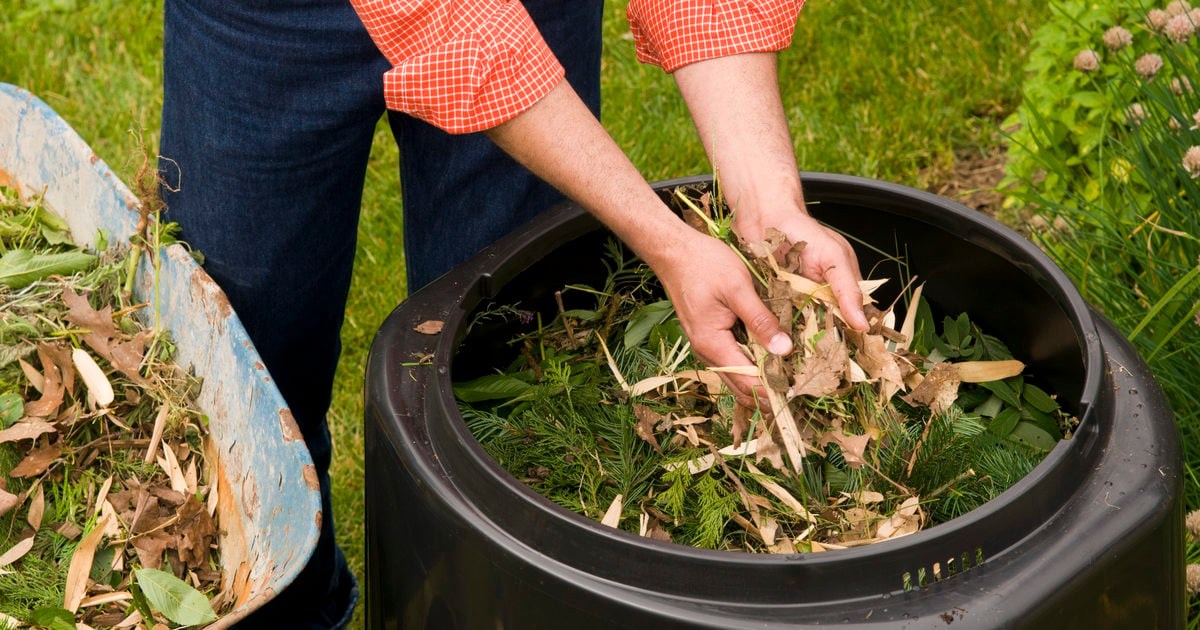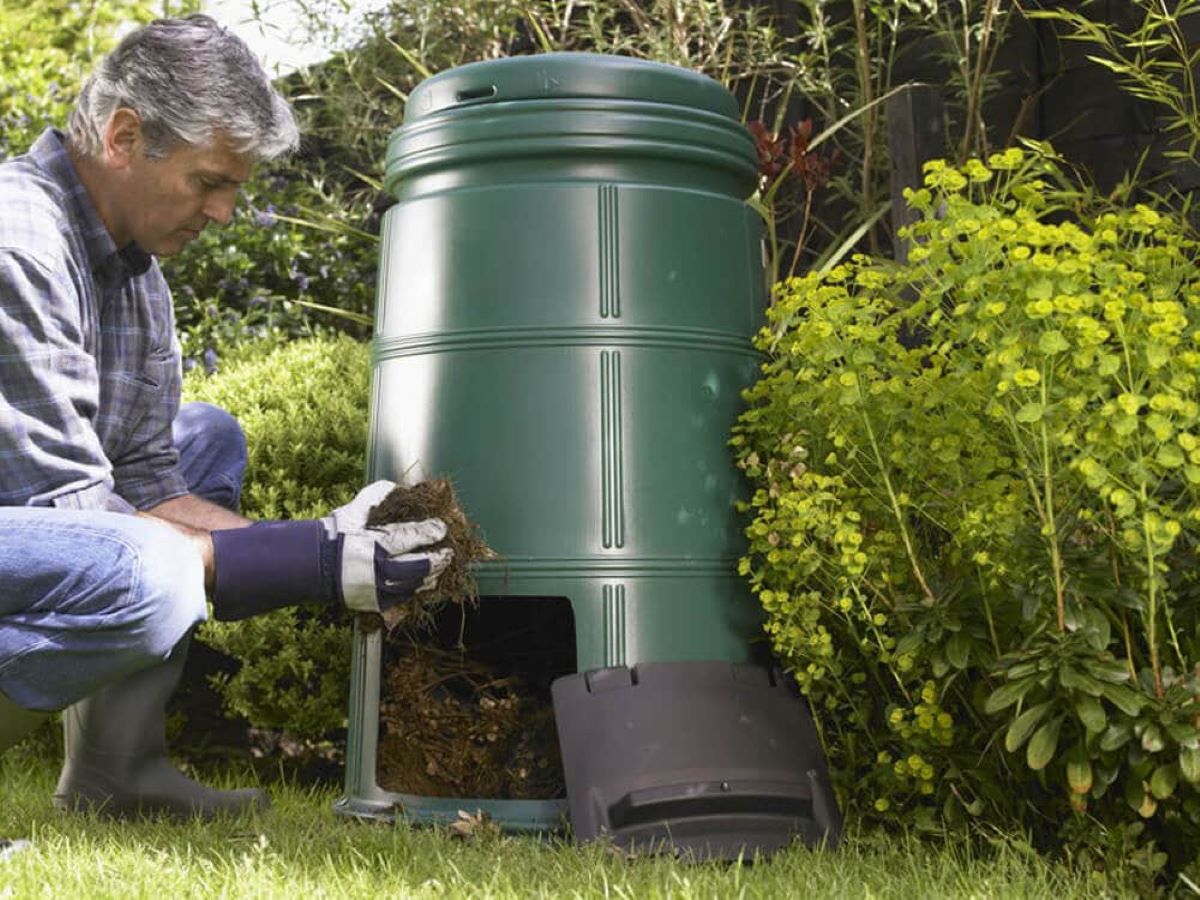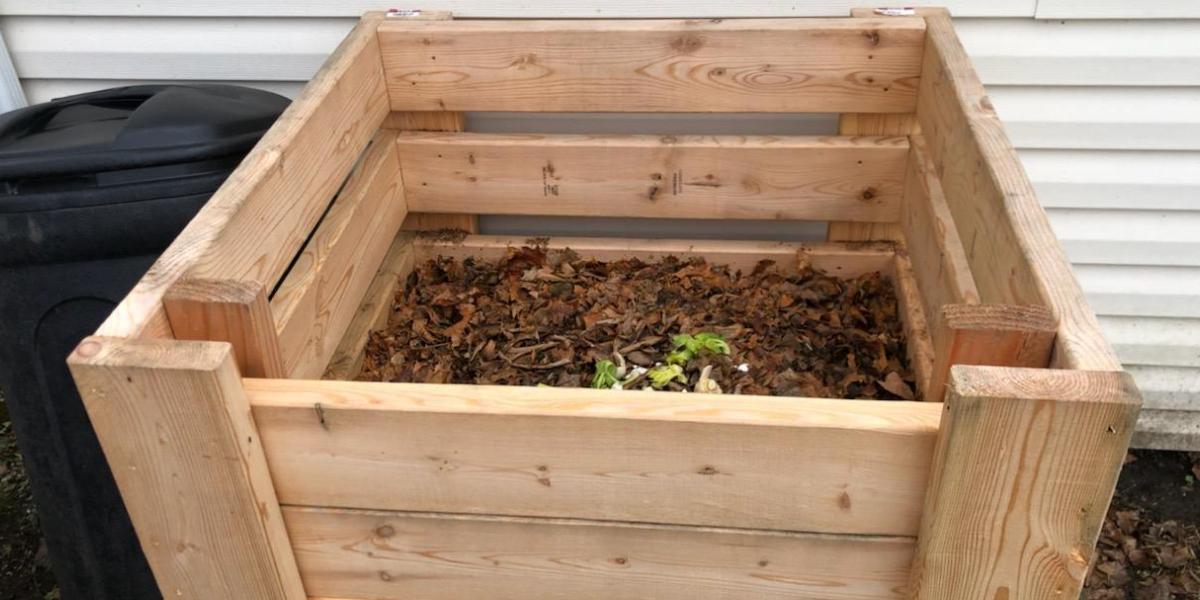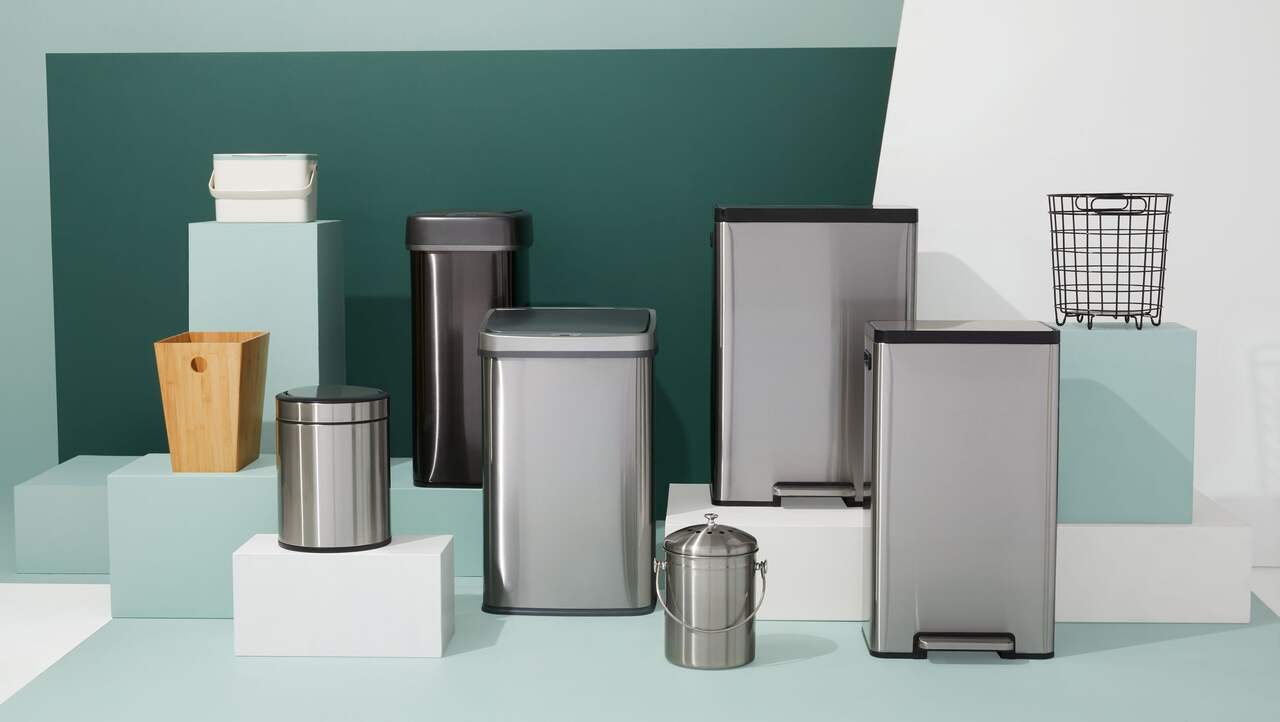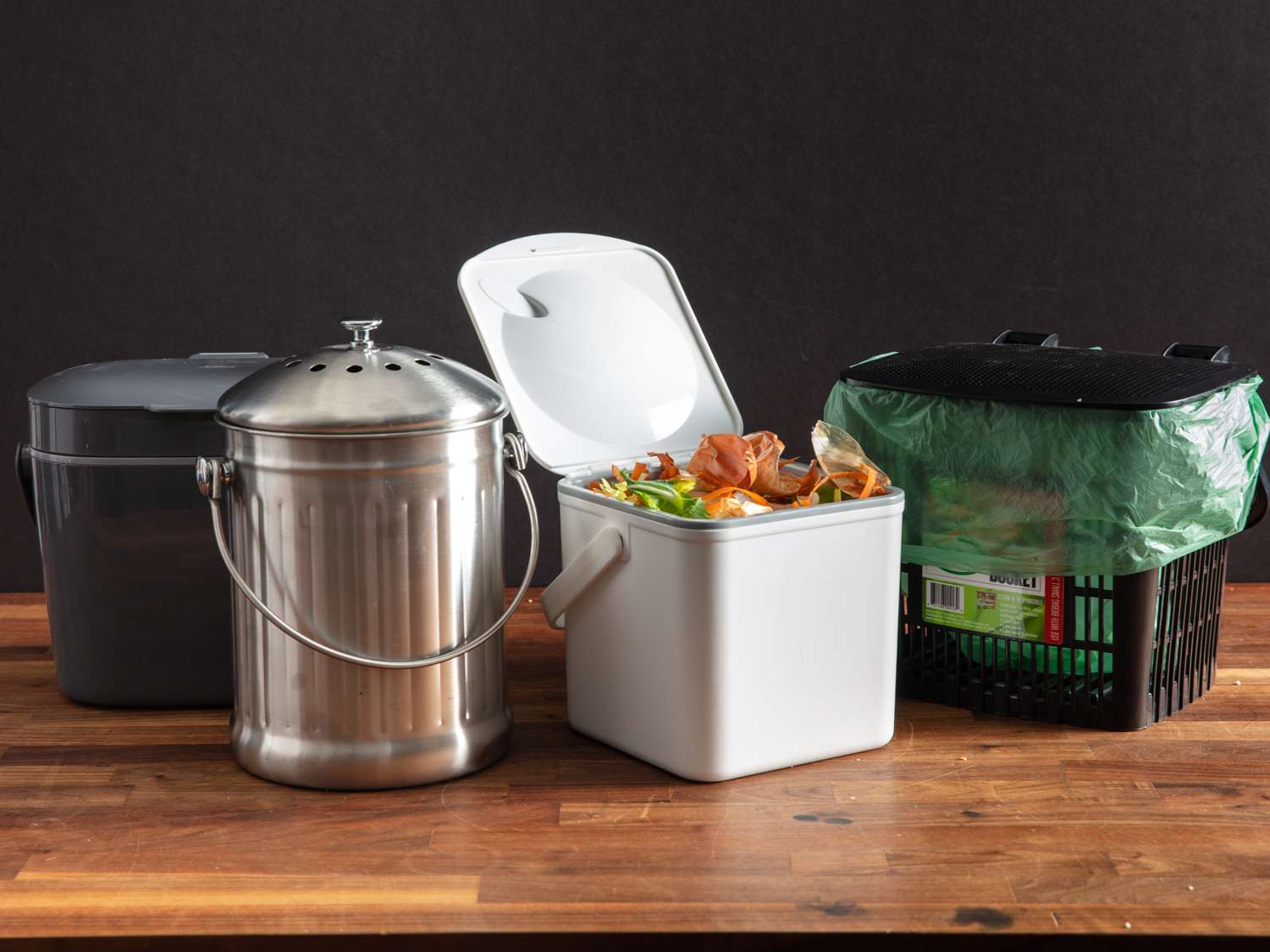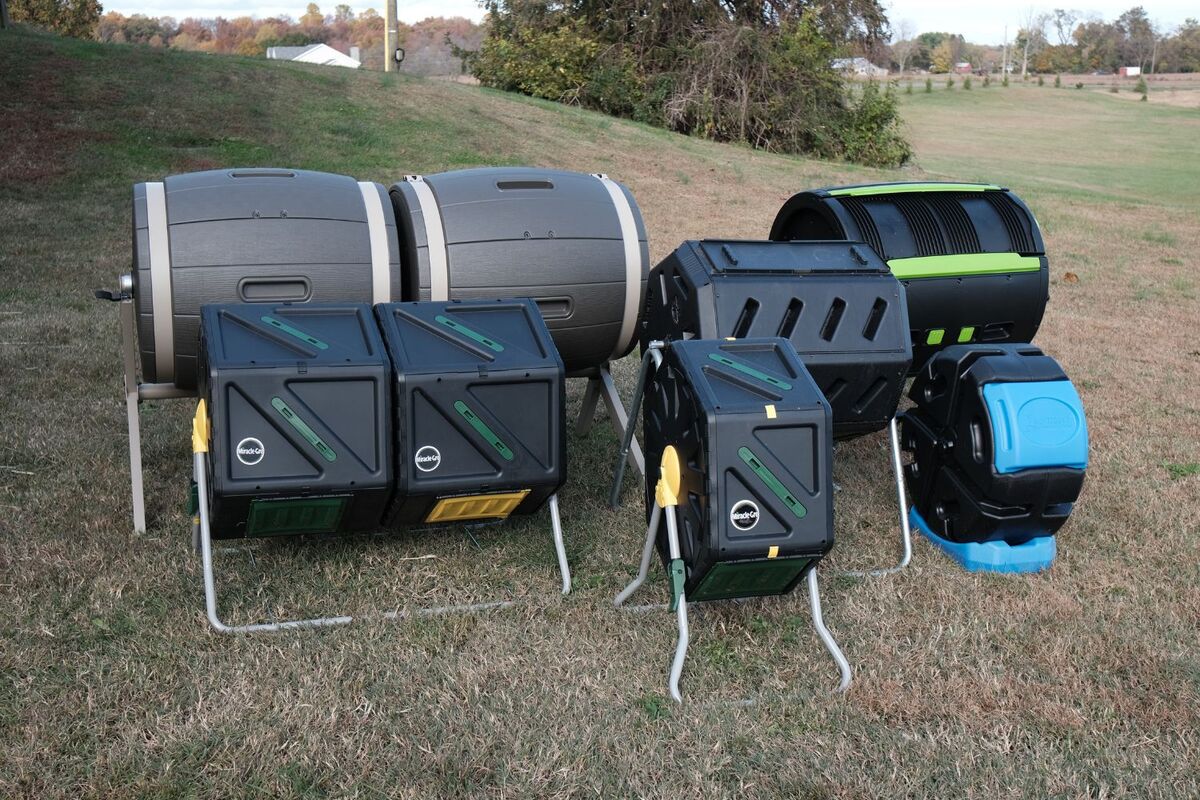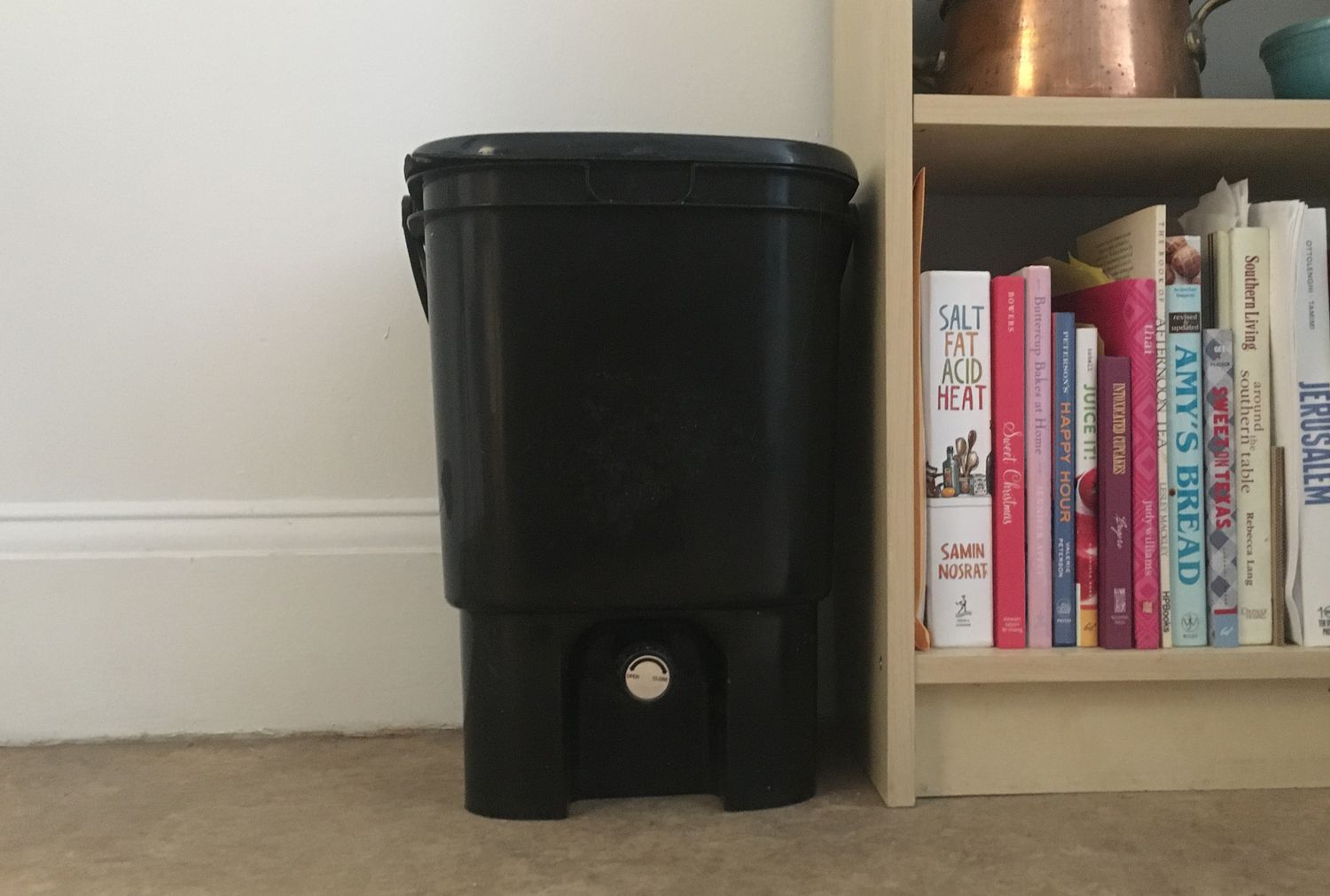Home>Gardening Tips and Tricks>Eco-Friendly Gardening>Where To Place Compost Bin
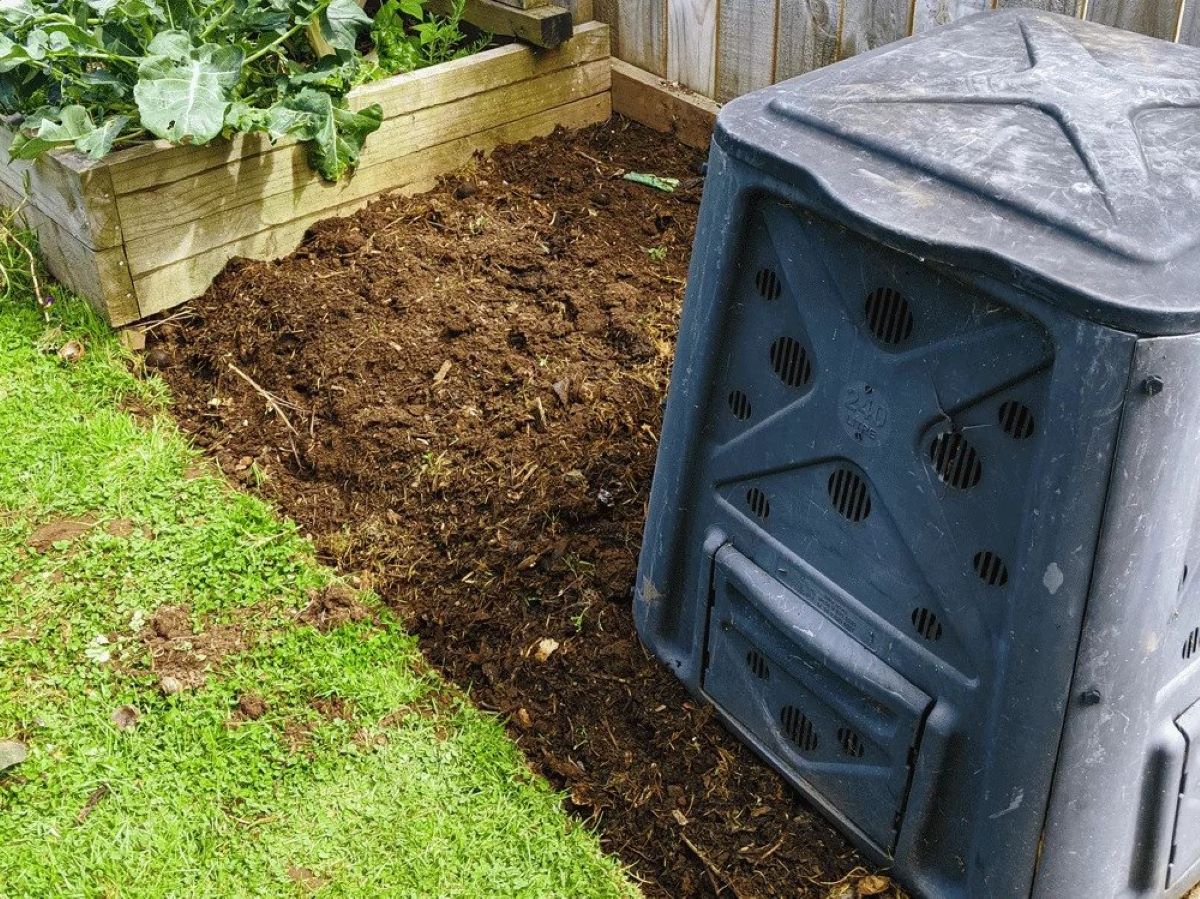

Eco-Friendly Gardening
Where To Place Compost Bin
Modified: January 22, 2024
Looking for an eco-friendly gardening solution? Discover the best locations to place your compost bin for maximum effectiveness and sustainability.
(Many of the links in this article redirect to a specific reviewed product. Your purchase of these products through affiliate links helps to generate commission for Chicagolandgardening.com, at no extra cost. Learn more)
Table of Contents
Introduction
Welcome to the world of eco-friendly gardening! If you’re passionate about sustainability and taking care of the environment, incorporating a compost bin into your gardening routine is a fantastic step in the right direction. Composting is not only an efficient way to reduce waste, but it also provides nutrient-rich soil for your plants, resulting in healthier and more vibrant gardens.
When it comes to composting, one of the key considerations is where to place your compost bin. The location plays a crucial role in the success of your composting efforts. Factors such as sunlight, accessibility, and space availability need to be taken into account to ensure optimal conditions for decomposition.
In this article, we will explore various placement options for your compost bin, whether you have a spacious backyard, a front yard garden, a side yard, a balcony, or even limited indoor space. By understanding the different possibilities, you’ll be able to choose the best location that suits your specific circumstances.
So, let’s dive into the world of compost bin placement and discover the ideal spot to set up your eco-friendly composting system!
Factors to Consider
Before determining the placement of your compost bin, there are several factors you should take into consideration:
- Sunlight: Composting is a biological process that requires the right conditions to break down organic matter effectively. Choose a location that receives adequate sunlight, as it helps to accelerate decomposition and maintain optimal temperature levels within the bin.
- Accessibility: A compost bin that is easily accessible makes it more convenient to add kitchen scraps, yard waste, and regularly turn the pile. Select a spot where you can easily reach the bin without any obstructions.
- Odor Control: Composting may produce odors, especially when done incorrectly. To mitigate any unpleasant smells, locate your compost bin away from seating areas or any areas where the smell may be bothersome.
- Drainage: Proper drainage is essential to prevent excess moisture buildup in your compost bin. Choose a location with good drainage to ensure that excess water can escape and prevent the compost from becoming waterlogged.
- Space Availability: Consider the amount of space you have available for your compost bin. If you have a large backyard, you can opt for a larger composting system. However, if space is limited, you may need to explore alternative options such as a smaller bin or indoor composting methods.
- Aesthetics: While composting is an eco-friendly practice, you may want to consider the visual appeal of your compost bin placement. If you have a front yard garden or a visible area, choose a location that blends well with your landscaping and doesn’t detract from the overall aesthetics of your outdoor space.
By considering these factors, you can select a suitable placement for your compost bin that aligns with your specific needs and preferences. Now, let’s explore different placement options based on your available space.
Backyard Placement Options
If you have a backyard, you have plenty of options for placing your compost bin. Here are a few suggestions:
- Corner of the Yard: Place the compost bin in a corner of your yard where it is out of the way but still easily accessible. This location allows for good air circulation and sunlight exposure.
- Near the Garden: If you have a garden, consider placing the compost bin near it. This makes it convenient to add compost to the soil as you work in the garden, minimizing the distance you need to carry the compost.
- Under a Tree: If you have a tree in your yard, placing the compost bin underneath it provides shade and protection from extreme weather conditions.
- Along a Fence: If you have a fence in your backyard, consider placing your compost bin along the fence line. This placement helps to camouflage the bin and keeps it tucked away neatly.
- Near a Water Source: It’s important to regularly water your compost pile to maintain proper moisture levels. Placing the bin near a water source, such as a hose or outdoor faucet, makes it easier to provide the necessary hydration.
- On a Pallet or Platform: Elevating the compost bin on a pallet or platform can improve airflow and drainage. This option also helps to keep the bin off the ground and prevent critters from accessing the compost.
When choosing the backyard placement for your compost bin, consider the factors mentioned earlier, such as sunlight exposure, accessibility, and aesthetics. Find a location that meets these criteria while blending well with your backyard landscape. With a well-placed compost bin, you’ll have a convenient and efficient system for recycling organic waste and creating nutrient-rich compost for your garden.
Front Yard Placement Options
If you have limited backyard space or simply prefer to keep your compost bin in the front yard, there are still suitable placement options to consider:
- Hidden Behind Shrubs or Bushes: Place the compost bin behind existing shrubs or bushes in your front yard. This positioning helps conceal the bin while providing some shade and protection from the elements.
- Camouflaged with Decorative Features: Incorporate decorative features such as trellises, lattice panels, or small fences around the compost bin to camouflage it and make it blend with the aesthetics of your front yard.
- Near the Vegetable Garden: If you have a front yard vegetable garden or raised beds, placing the compost bin nearby allows for easy access to add compost to the soil.
- Adjacent to the Driveway or Garage: Consider placing the compost bin near your driveway or garage if you have space available. This location is easily accessible and minimizes the distance you need to carry organic waste from inside the house.
- Disguised as a Planter: Transform your compost bin into a dual-purpose container by disguising it as a planter. Plant some flowers or decorative plants on top of the bin. This not only hides the compost bin but also adds a touch of beauty to your front yard.
When choosing a front yard placement for your compost bin, be mindful of the aesthetics and how it blends with the surroundings. Consider the visibility from the street and choose a location that maintains the curb appeal of your home.
Remember, composting in your front yard not only reduces waste but also serves as a great educational opportunity for your community. It showcases your commitment to a sustainable lifestyle and encourages others to follow suit.
Side Yard Placement Options
When it comes to compost bin placement, side yards are often overlooked but can serve as an excellent location. Here are some side yard placement options for your compost bin:
- Against the House or Fence: Placing the compost bin against the side of your house or fence provides stability and a convenient location. Ensure there is enough space for proper airflow and easy access.
- Utilize Narrow Spaces: Side yards are typically narrow, but you can still maximize the available space by opting for a slim and compact compost bin design. Consider vertical or stacked bins to make the most of the limited area.
- Screened with Tall Plants: If you prefer to hide the compost bin, consider planting tall shrubs or bamboo along the side yard boundary to create a natural screen. This not only adds privacy but also conceals the compost bin from view.
- Near the Outdoor Kitchen: If you have an outdoor kitchen or grilling area in your side yard, placing the compost bin nearby allows for easy disposal of food scraps and reduces the distance you need to travel.
- Divided with a Fence or Divider: If you use the side yard for multiple purposes, such as storage or a dog run, separate the compost bin area with a small fence or divider. This way, you can keep the composting process organized and contained.
- Raised Bed Combination: Consider combining a compost bin with a raised bed in your side yard. The compost bin can provide a convenient source of nutrient-rich soil for the raised bed, creating a symbiotic gardening system.
When placing your compost bin in the side yard, make sure to consider factors such as accessibility, airflow, and visibility. A well-placed compost bin in the side yard not only utilizes the available space but also contributes to the overall functionality and sustainability of your outdoor area.
Balcony or Patio Placement Options
If you live in an apartment or have limited outdoor space, you can still enjoy the benefits of composting by placing your compost bin on your balcony or patio. Here are some placement options to consider:
- Corner of the Balcony: Utilize the corner of your balcony or patio to place your compost bin. This location keeps it out of the way while still being accessible for adding kitchen scraps and maintaining the compost pile.
- Vertical Composting: If you have limited floor space, consider using a vertical composting system. Vertical compost bins, such as worm composting bins, take advantage of the vertical space and can be placed against a wall or hung on a balcony railing.
- Compact Compost Tumbler: Opt for a compact compost tumbler that is specifically designed for small spaces. These tumblers have a rotating mechanism, making it easy to turn the compost and expedite the decomposition process.
- Under a Patio Table: If you have a patio table with an umbrella, you can position the compost bin underneath the table to keep it hidden from view. This placement also provides some shade and protection from direct sunlight.
- Disguised as a Plant Container: Transform your compost bin into a decorative plant container by adding a removable planter lid. This allows you to grow herbs or small plants on top of the compost bin while disguising its purpose.
- Indoor Composting: If outdoor space is limited, explore indoor composting options such as vermicomposting or Bokashi composting. These methods allow you to compost kitchen scraps indoors using specialized containers.
When placing a compost bin on your balcony or patio, be mindful of the weight capacity and any restrictions set by your apartment complex or landlord. It is also important to choose a bin that is odor-free to prevent any potential unpleasant smells.
Even in limited outdoor spaces, composting is possible, and it will help you reduce waste and create nutrient-rich soil for your indoor plants or future gardens.
Indoor Placement Options
If you don’t have access to outdoor space or prefer to compost indoors, there are several options available for indoor composting. Here are some indoor placement options for your compost bin:
- Kitchen Countertop: Place a small compost bin directly on your kitchen countertop for easy access and convenience. Choose a compact, odor-sealed bin specifically designed for indoor composting.
- Under the Sink: Utilize the cabinet space under your kitchen sink by placing a small compost bin or a specialized under-the-sink composting system. This location keeps the compost bin hidden and easily accessible.
- Balcony/Patio: If you have a balcony or patio, you can consider placing a small outdoor compost bin or a vermicomposting system. This allows you to enjoy the benefits of composting while keeping the bin outside and minimizing any potential odors.
- Utility Room: If you have a utility room or laundry area, you can allocate a corner or a shelf to accommodate a small composting system. This location keeps the compost bin out of sight while providing adequate ventilation.
- Indoor Vermicomposting: Vermicomposting, which uses worms to break down organic waste, can be done indoors using a specialized worm bin. Place the worm bin in a quiet corner, away from direct sunlight and extreme temperatures.
- Bokashi Composting: Bokashi composting utilizes anaerobic fermentation to break down organic matter. It can be done indoors using an airtight container. Place the Bokashi composting system in a pantry or cupboard to keep it discreet.
When composting indoors, it’s crucial to manage moisture levels, control odor, and regularly monitor the compost bin to ensure it is functioning properly. Be mindful of any specific guidelines or restrictions provided by your building management or homeowner’s association regarding indoor composting.
Indoor composting allows you to reduce waste and produce nutrient-rich compost even in limited living spaces. Embrace the convenience and sustainability of indoor composting and contribute to a greener future!
Conclusion
When it comes to composting, finding the right placement for your compost bin is crucial for successful decomposition and convenient access. Whether you have a spacious backyard, a front yard garden, a side yard, a balcony, or limited indoor space, there are suitable options for everyone.
Consider factors such as sunlight exposure, accessibility, aesthetics, and space availability when deciding where to place your compost bin. In the backyard, you can choose a corner, near the garden, under a tree, or along a fence. In the front yard, you can hide it behind shrubs, camouflage it with decorative features, or place it near a vegetable garden.
For side yards, you can position the compost bin against the house or fence, utilize narrow spaces, or disguise it with tall plants. On balconies or patios, you can use a corner, opt for vertical composting, or disguise the bin as a planter. If indoor composting is your preference, there are options to place the bin on the kitchen countertop, under the sink, or in a utility room.
Regardless of the placement, be mindful of factors such as sunlight, accessibility, drainage, and aesthetics to create an optimal composting environment. Remember to follow guidelines and restrictions set by your apartment complex, homeowner’s association, or building management if you are composting indoors or in a shared space.
By incorporating a compost bin into your gardening routine, you actively contribute to reducing waste and creating nutrient-rich compost to nourish your plants. Embrace eco-friendly gardening practices and enjoy the numerous benefits of composting, from improving soil fertility to promoting sustainable living.
So go ahead and choose the perfect spot for your compost bin, and let the magic of composting enrich your gardening journey!
